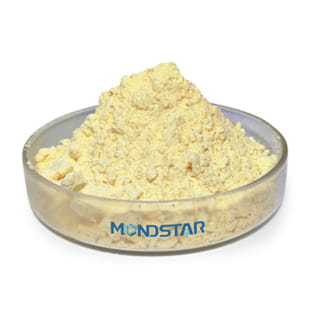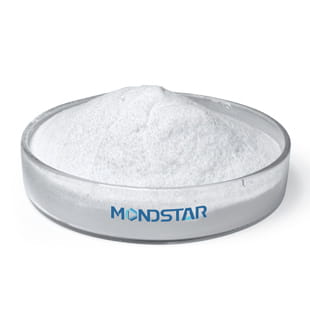Soy lecithin is a type of phospholipid extracted from soybeans. It is a complex mixture primarily comprised of phosphatidylcholine, phosphatidylethanolamine, and phosphatidylinositol, among others. The fatty acid composition in soy lecithin mainly includes linoleic acid, linolenic acid, palmitic acid, and stearic acid, among others. The varying composition of fatty acids can impact the physical properties and functional characteristics of soy lecithin. Soy lecithin is a nutrient-rich food ingredient, containing phosphorus, choline, inositol, vitamin E, biotin, and more. Lecithin, a versatile class of biomolecules, exists in various forms and types, finding applications across multiple industries.
Concentrated Liquid Soy Lecithin: This form of lecithin is typically a viscous brownish liquid with a high concentration. It serves as a common emulsifier, stabilizer, and colloidal agent in the food industry. It is frequently used in the preparation of products like chocolate, sauces, and pastries. In pharmaceuticals and cosmetics, concentrated liquid lecithin is employed for drug carriers, skincare products, and cosmetics emulsions.
Decolorized Soy Lecithin: Decolorized lecithin is lecithin that has undergone special processing to remove its color. It is widely used in the food and pharmaceutical industries.
Powder and Granular Soy Lecithin: These forms of lecithin are typically in the form of powder or granules, offering good dispersibility. They find extensive use in the pharmaceutical and dietary supplement industries.









